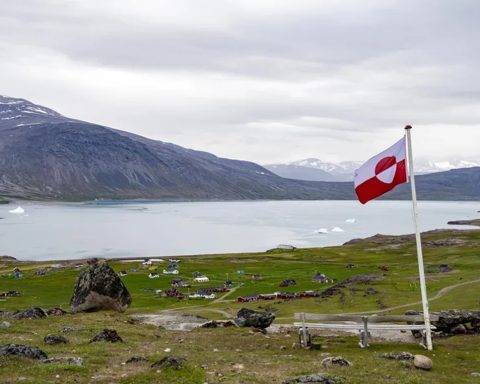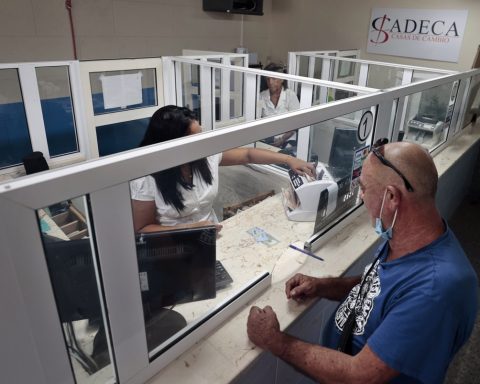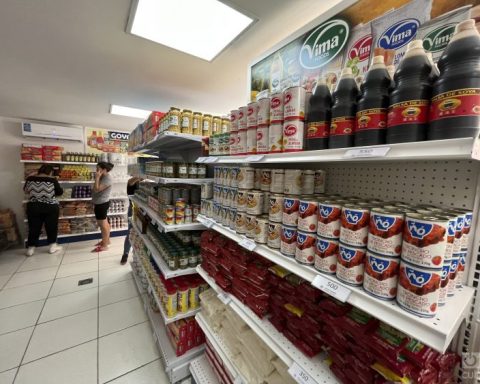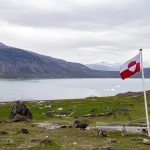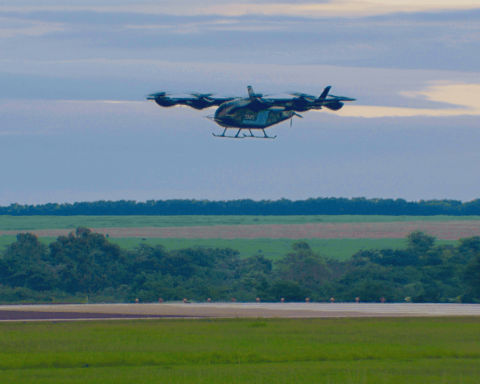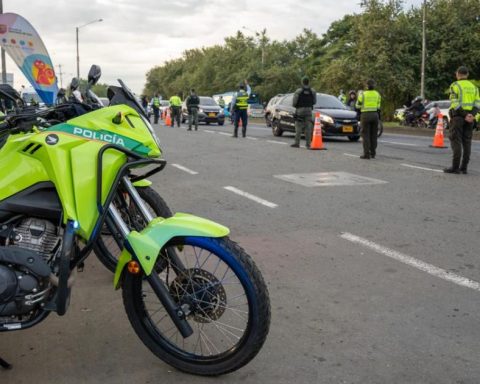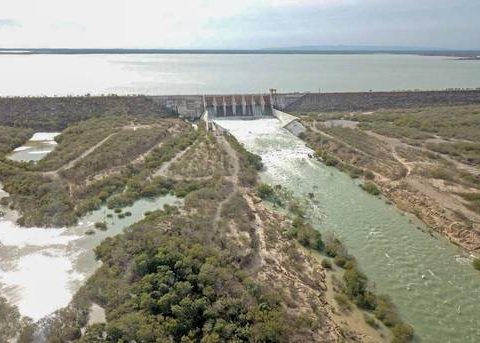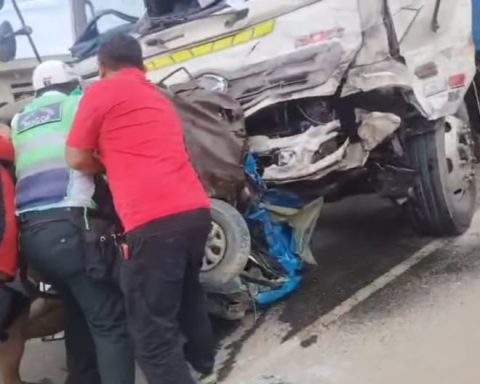MADRID, Spain.- The current hurricane season in the Atlantic, which just began on June 1 and will last until November 30, is expected to be less active than in previous years due to the influence of the El Niño phenomenon.
Experts have forecast 12 to 17 named storms and five to nine hurricanes. Of the latter, between one and four could be of great intensity, that is, they could reach categories 3, 4 or 5.
The names of the cyclones tropicals chosen for this season are: Arlene, Bret, Cindy, Don, Emily, Franklin, Gert, Harold, Idalia, José, Katia, Lee, Margot, Nigel, Ophelia, Philippe, Rina, Sean, Tammy, Vince and Whitney.
Danger of these atmospheric phenomena
The union of the great coastal swells, together with the strong torrential rains and cyclones, come together in a dangerous and highly destructive way in the coastal areas, but also in the interior of Cuba. The damages caused by the winds and the rains coupled with the cyclones can cause floods, fallen trees, downed power lines; as well as detaching roofs and demolishing houses that are not in good condition.
Recommendations before cyclones or hurricanes
Due to the havoc caused by these phenomena in Cuba, among other causes, due to the conditions in which the homes of a large part of the population are found, we recall safety and prevention measures that specialists insist on.
During the first phases, the cyclone alert and the information phase, one must be attentive to the indications of the authorities and of the meteorological, hydrological and epidemiological services.
Windows and doors should be protected with wooden boards and light roof roofs with bags of sand, earth, or wire. As well as uninstalling and protecting television antennas, solar panels or others that may be affected by the intensity of the winds.
In addition, move objects found in patios or outdoors inside the property. Items that cannot be moved indoors must be tied down or secured.
Trees with rotten trunks should also be felled, branches and bushes should be trimmed around the home.
Families in unprotected areas or homes should be prepared to evacuate.
In the subsequent alarm phase, evacuation is generally carried out. In the fourth and final phase, the recovery phase, the affected areas should be rehabilitated with the help of the Government.
